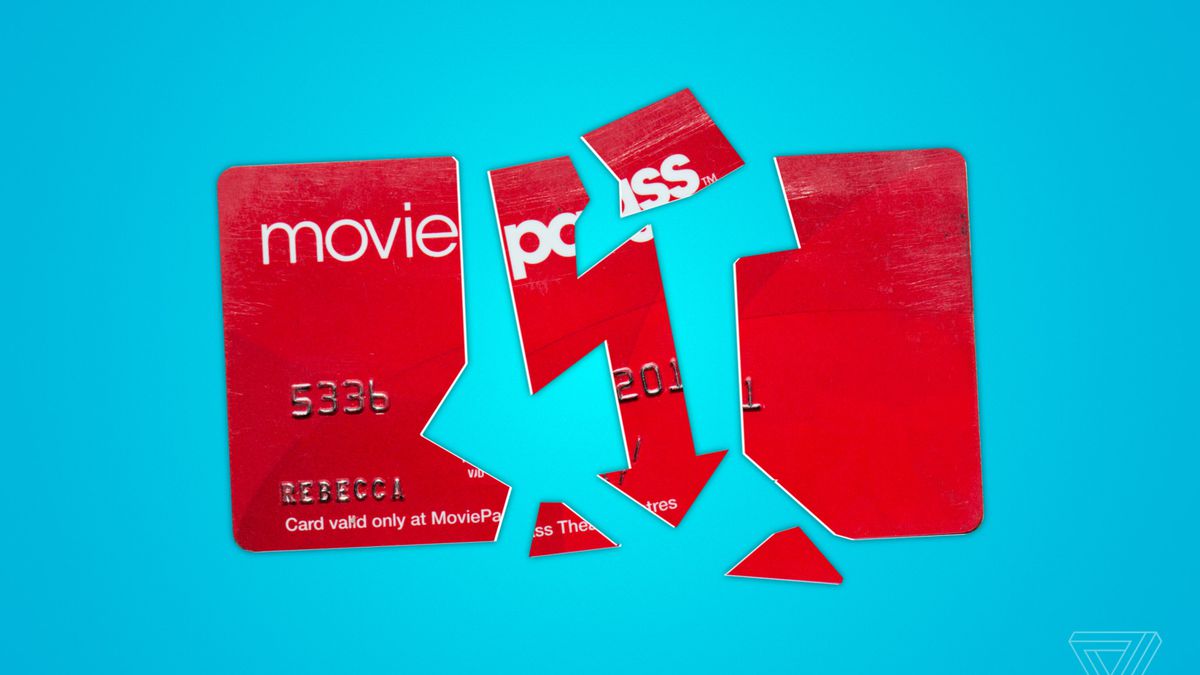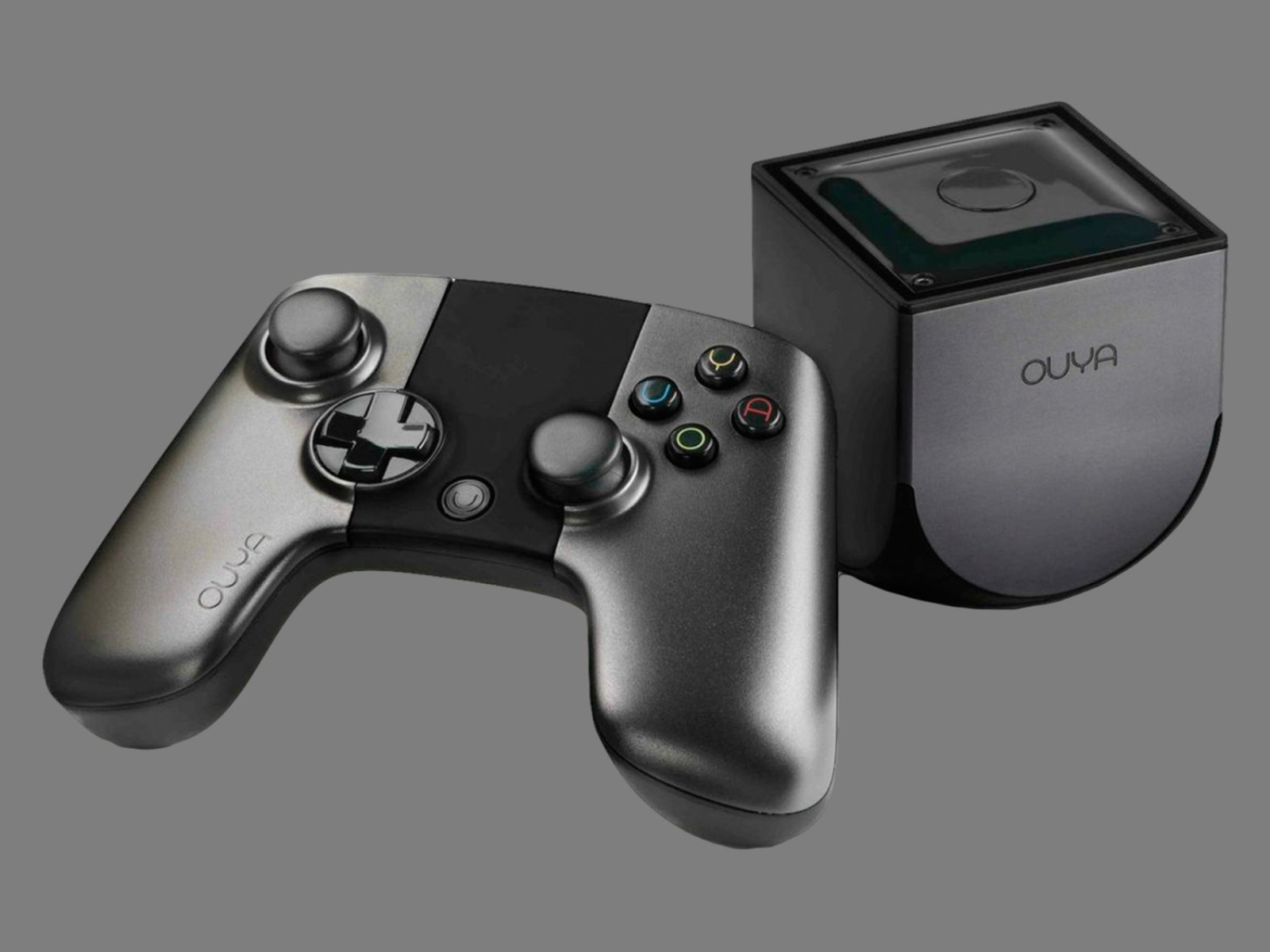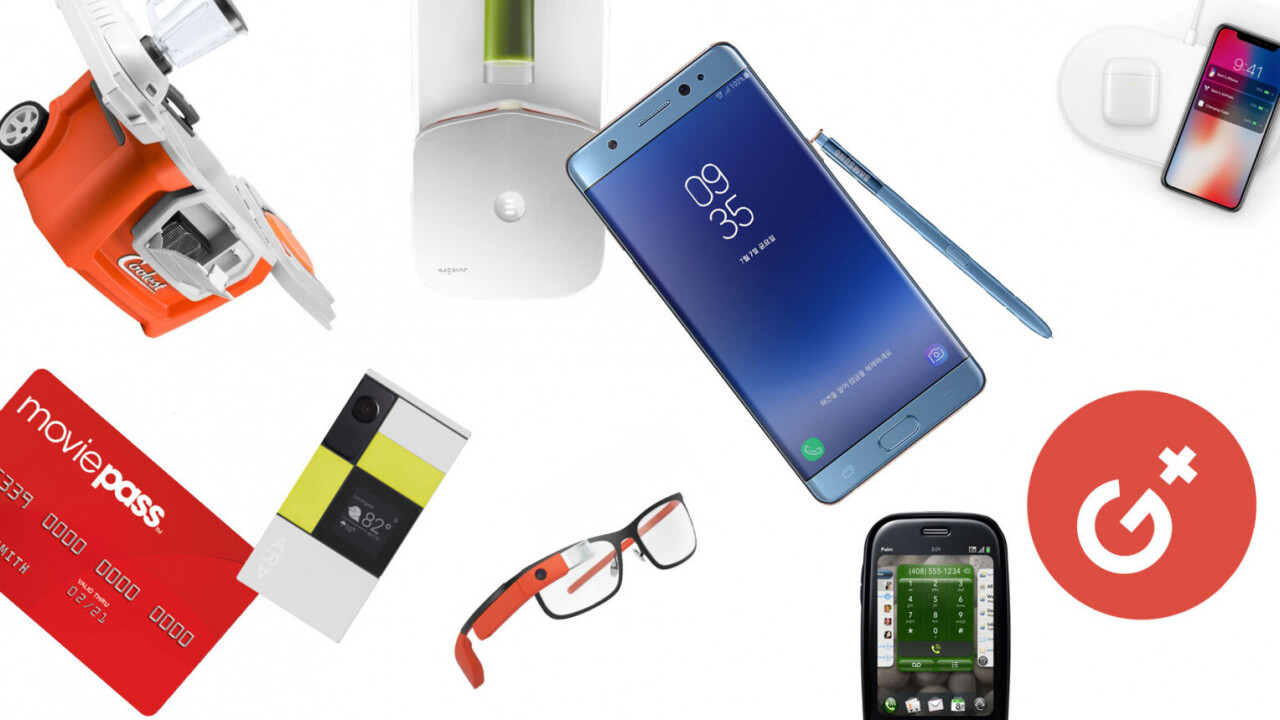Some things just sound too good to be true
Written by Aqil Nasri
The past decade has seen many tech-related inventions that has potentially forever changed our lifestyle, from the defining rise of food delivery services such as Grab, DeliverEat, and Foodpanda to the many subscription services available, such as Netflix, Iflix, and Disney+ that has allowed users to personally pick and choose what they want to consume rather than paying an expensive monthly amount for content that many will end up not even consuming half of the subscribed items.
However, while the ones mentioned above may have struck gold, there are many that have tried but ultimately faltered in the end. These are the ones that may seem brilliant theoretically but were horrible practically. Read on to find out the biggest blunders that tech companies have made in recent years.

MoviePass
Let’s start out with what was probably the worst offender on the list. MoviePass was the epitome of something that was too good to be true because it literally ended up being too good to be true (especially for the owners).
What MoviePass offered to subscribers was the ability to watch one movie per day in theatres for just a lowly price of 10$ (about RM40) per month. I mean, who wouldn’t want that deal right? An average person would probably just spend about two to three times per month at movie theatres, so when given the chance to go every day and just pay up 10 bucks per month? Whew, that’s literally a steal.
And a steal it became because this was clearly an unsustainable business model for MoviePass owners. Throughout its untimely existence before its eventual demise, MoviePass wasn’t really able to make a profit. As it turns out, you can’t really make your money back while charging so little and giving so much to subscribers. So, what they did was increase its monthly pricing and constantly changed the benefits to its few remaining subscribers, which ended up angering what little subscribers they had already.

Google Glass
This piece of revolutionary hardware was truly ahead of its time, which was probably why it eventually failed to really take off among consumers. It debuted with a storm though, as Google co-founder Sergey Brin introduced the glasses at a Google event back in 2012 by showing a live stream of skydivers landing on top of the convention centre while wearing Google Glass. It was a spectacle to behold back then, with people going crazy in envisioning what this piece of tech could possibly do in the future.
However, it was fear that finally put the Google Glasses to bed, as the glasses freaked people out so much that it never really had the chance to show its capabilities. Alarming privacy breaches and the implications of having a camera staring at them at any moment was too much to handle.
Google Glass was truly an awesome concept, but if people aren’t ready for them in 2020, then it most definitely wasn’t ready back when it first introduced to the public.

Google+
When talking about failed social networking sites, Google+ has to be on the list.
Built as a direct response to the threat that Facebook was increasingly posing to Google’s businesses, Google launched its own social network in order to combat this problem. While it did initially launched to massive momentum thanks to a pretty clever system by Google to give users more control over who to share information, excellent photos support, and creating a single unified login system for all of Google’s services (YouTube and Gmail), it was all too cumbersome for users to use Google+.
It was simply too complicated and too forced upon, as Google literally tried to shove the service down people’s throat back when it launched. Not to mention a huge security breach that led to an estimated 500,000 accounts being compromised being the final nail in the coffin for Google+.

Ouya
*Sigh* The Ouya. I dread to even remember the existence of this piece of start-up hardware. This was a real example of Kickstarter’s success turned to real-world failure.
Back when it was first pitched, it seemed like a really good idea, as mobile hardware was on the cusp of being viewed as a viable gaming platform, but most companies didn’t want to take advantage of that. So, in comes the Ouya, a 99$ (about RM400) gaming console with an Nvidia Tegra 3 chip packaged with a game controller. The console was supposedly able to play games for a custom version of Android designed for TV screens. Because of its promises and cheap entry price, people were flocking to its Kickstarter page. It literally raised more than $8 million on the website, making it still the tenth most funded project in Kickstarter’s history. I mean, everything was going so well, they had so much money, so what went wrong?
Well, almost everything after that. The execution was terrible, the controller was horrendous, the software was half-baked, and the storefront didn’t have any noteworthy games worth playing. The console was plagued with problems and overall, it wasn’t able to find a solid player base that would support the system. Razer ended up buying its software assets and the team back in 2015 but wasn’t able to keep it running longer than on June 25th, 2019 where the plug was pulled on the console once and for all.


